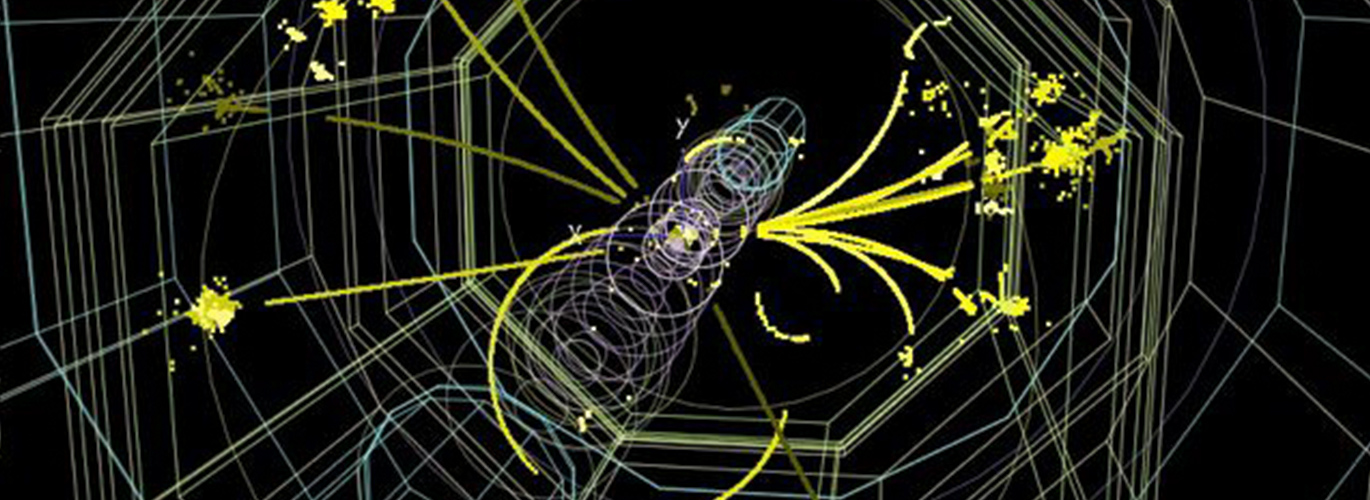
HIGGS AND BSM
The strangest particle in the SM and beyond

The scientific field of elementary particle physics deals with some of the deepest questions formulated by mankind.
- What are the most fundamental building blocks of nature?
- What are the forces acting between them?
- How did the universe start, how did it evolve, how will it end?
Decades of theory progress and experiments at high-energy colliders and elsewhere allow to answer these questions.TheStandard Model( SM) of particle physics provides a consistent description of the most fundamental constituents of matter and of their interactions.The particles of the StandardModel have been confirmed in experiments and their properties have been measured with high accuracy.In some cases, measurements have been compared to the Standard Model with a precision of 10 digits or more, making the Standard Model by far the most precise theory ever formulated.

For theoretical consistency the SM requires the existence of theHiggs field, which gives mass to all ele-mentary particles. In 2012, experiments at the CERN LHC discovered a new particle whose properties are – within theoretical and experimental uncertainties – consistent with those of a Higgs boson at a mass of∼125GeV, but leave ample room for extensions of the Standard Model.The highest-priority program in high-energy physics is a precise characterization of the Higgs mechanism. After the discovery of the Higgs boson, the European, American and Asian road maps for particle physics, as well as the International Committee for Future Accelerators (ICFA), recommend that priority be given to the construction of a new, high-energy lepton collider that can study the couplings of the Higgs boson at the per mille level. Such a facility can also search for signs of new physics in its interactions with other particles and search for additional Higgs bosons. The global consensus was reinforced in the last update of the European Strategy for particle physics.

